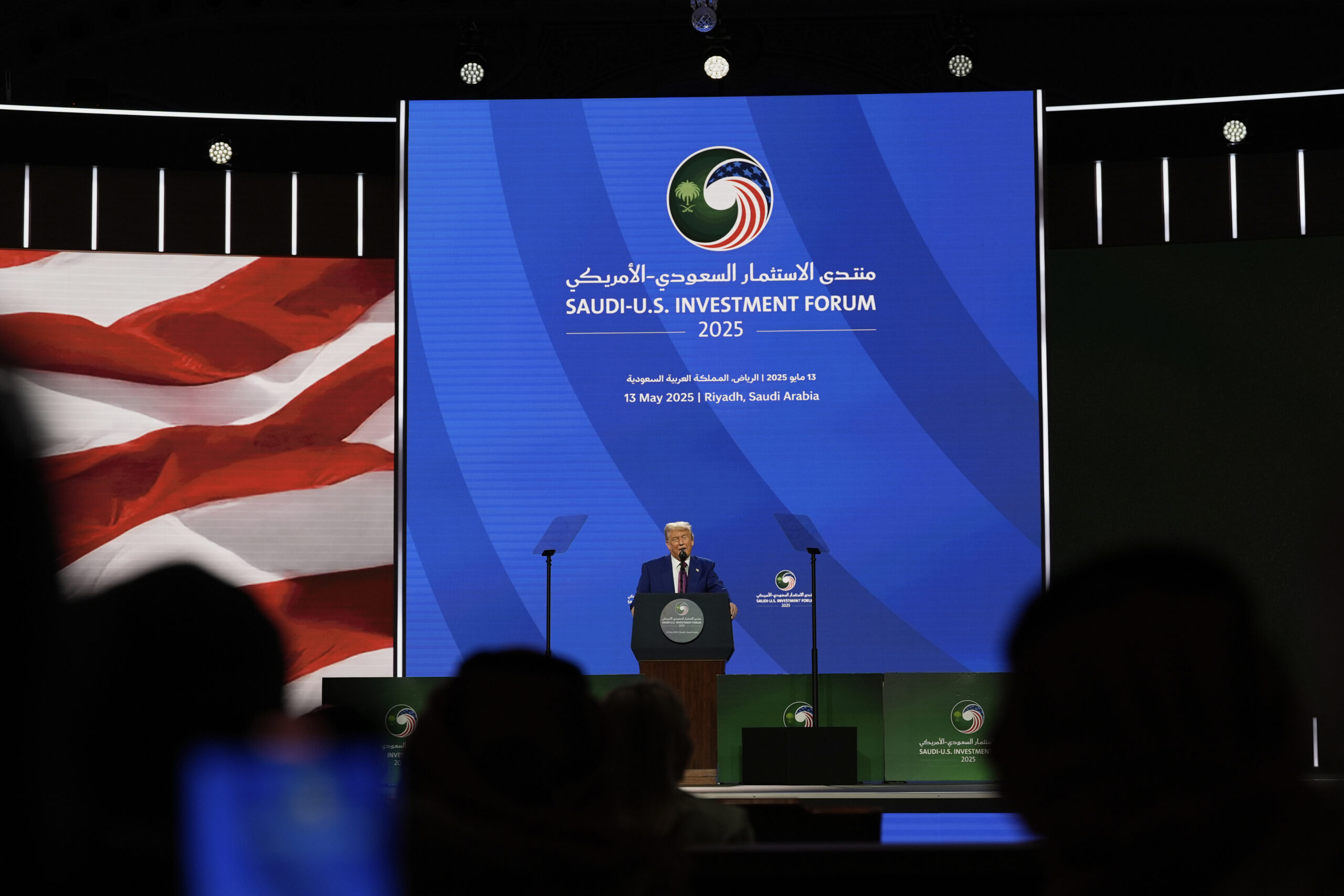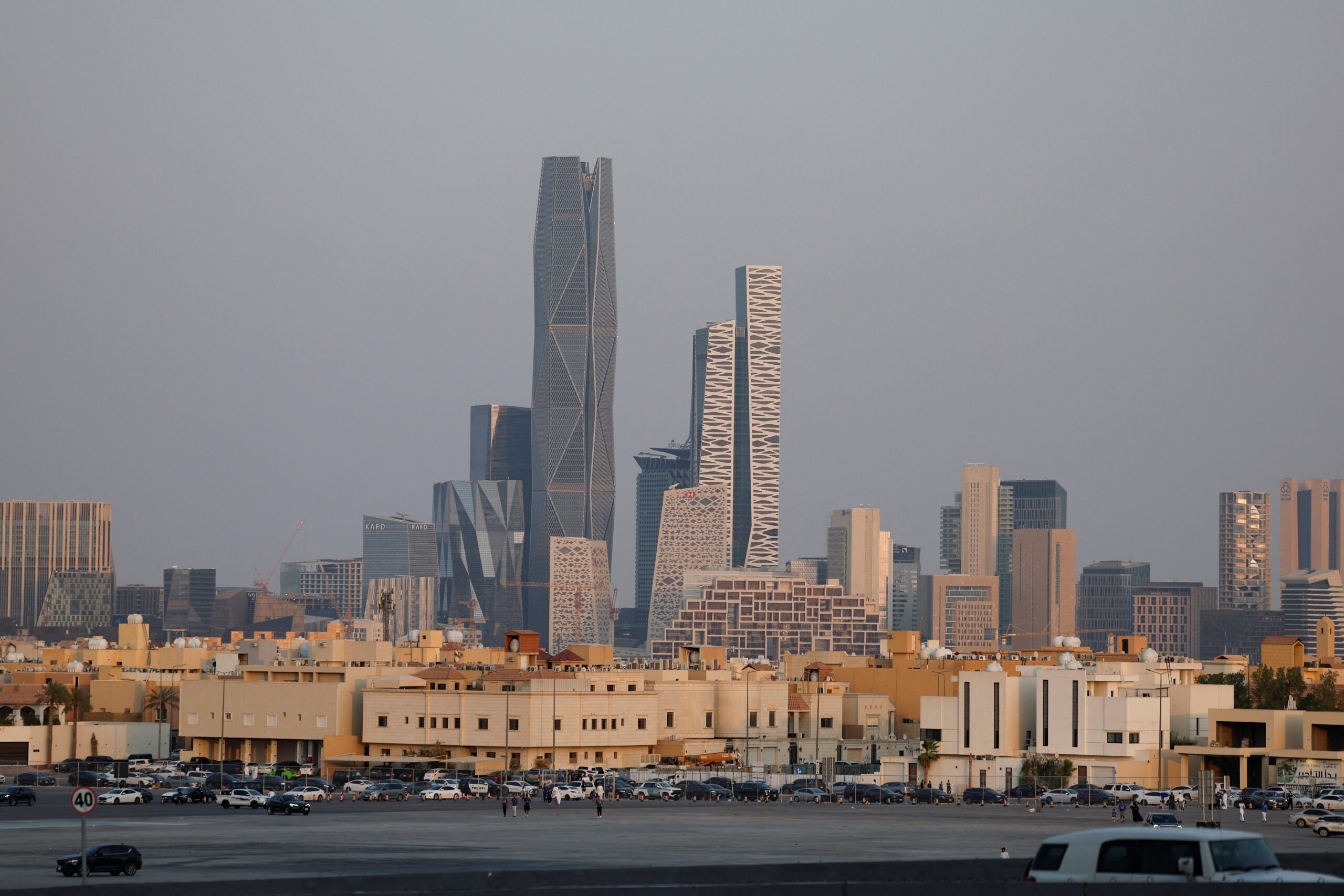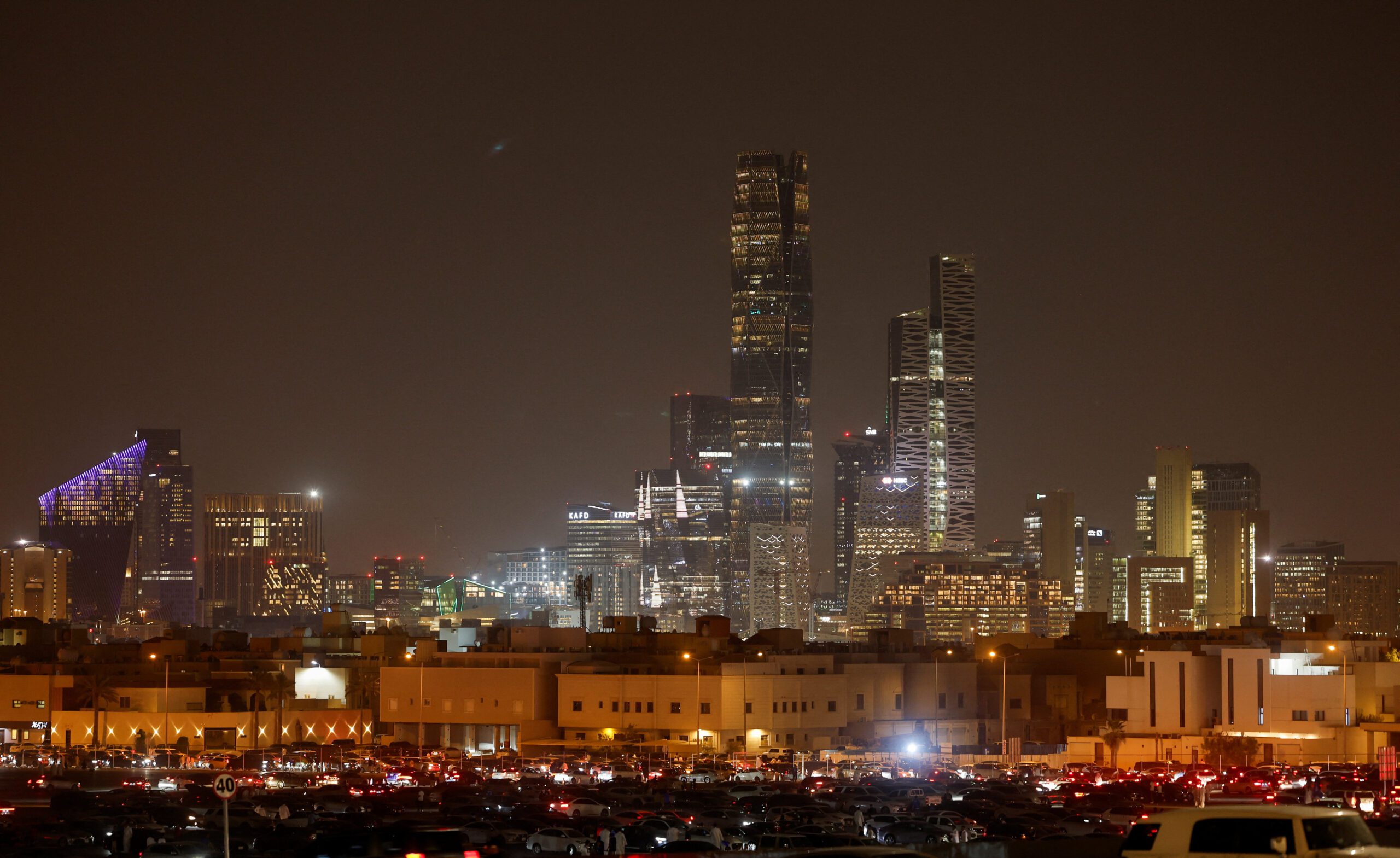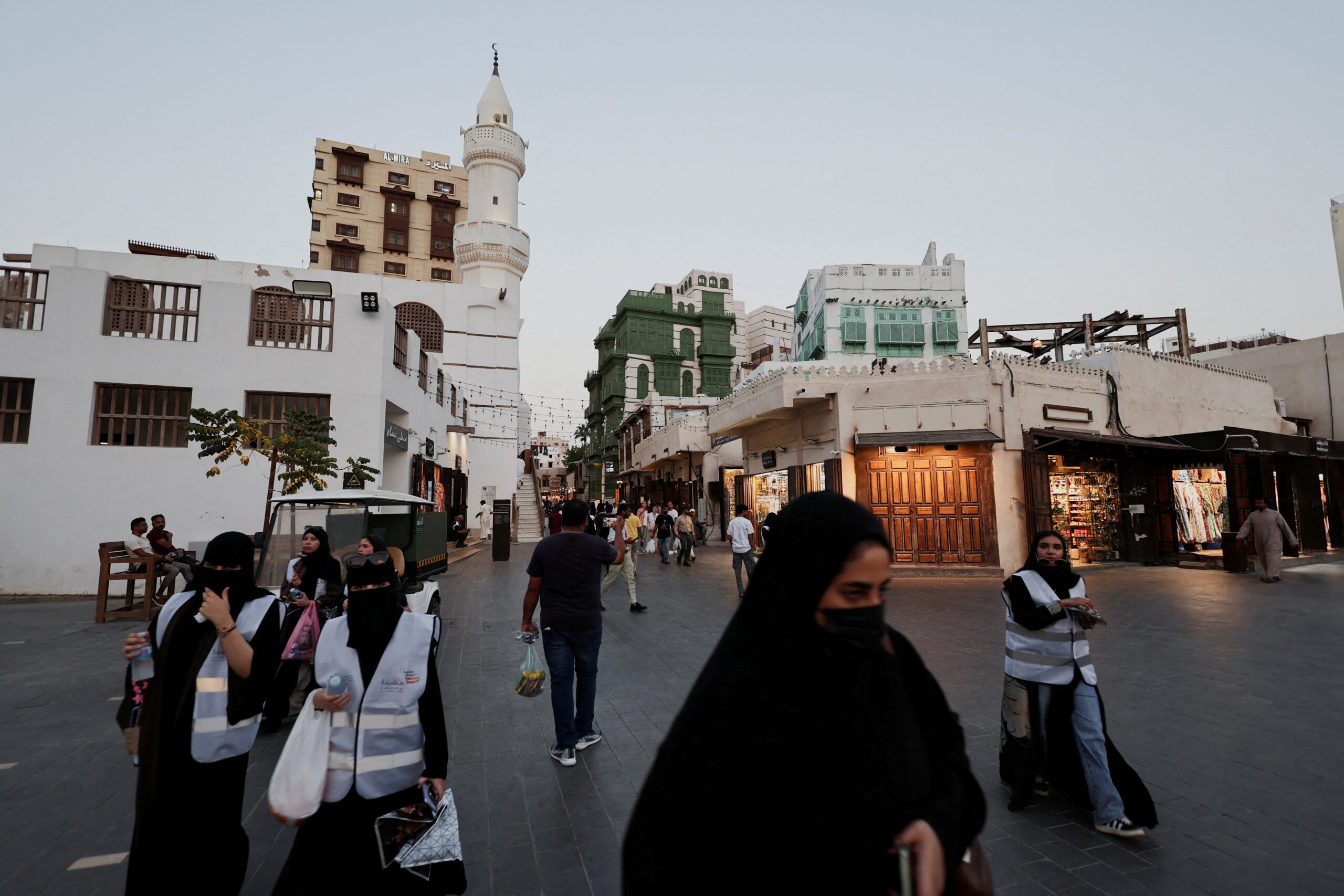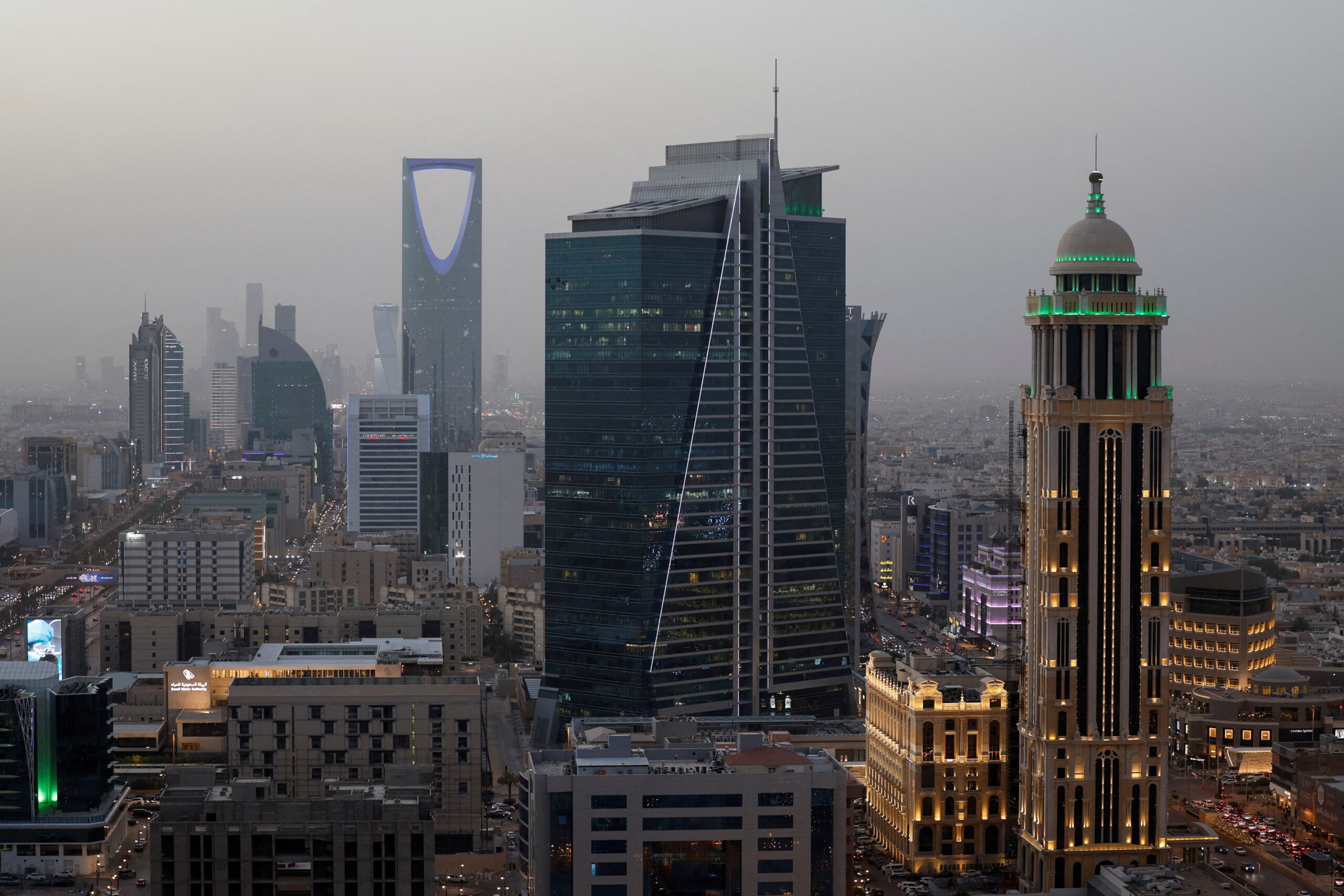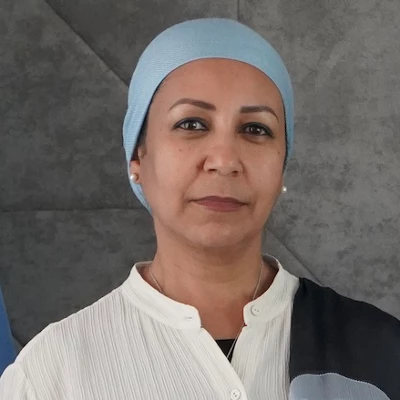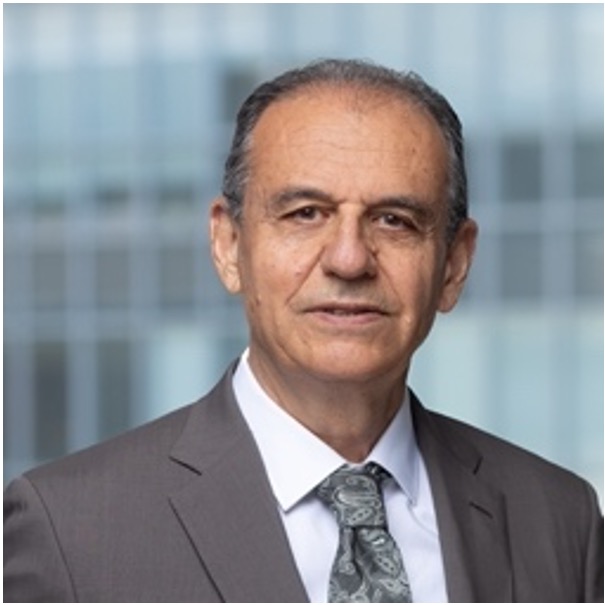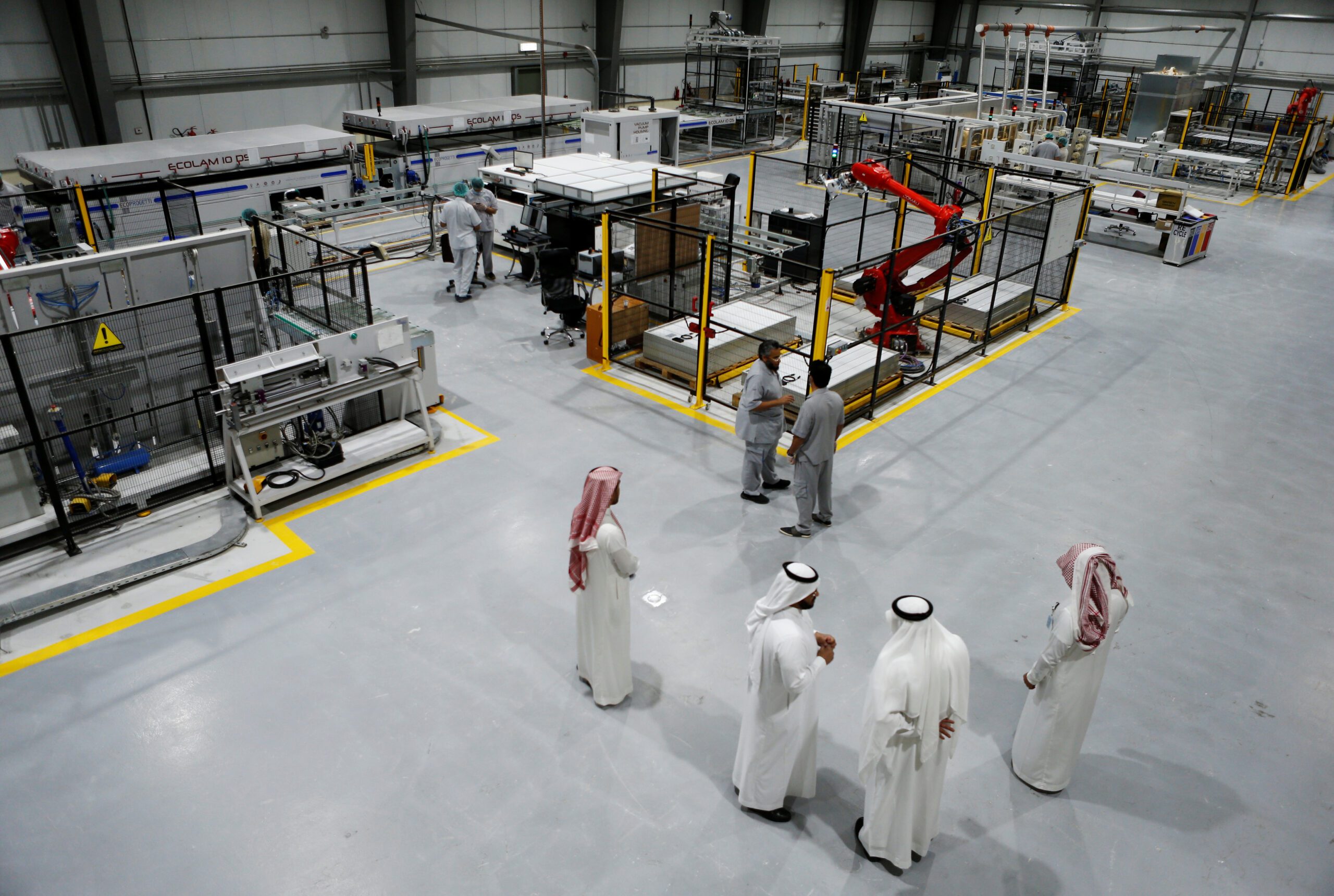Oct 31, 2024
New Data Paints a Rosier Picture of Saudi Foreign Direct Investment Inflows
Revised data suggests that FDI into the nonhydrocarbon sector in Saudi Arabia has been on an upward trend since 2020.
The Ministry of Investment has published revised estimates for foreign direct investment into Saudi Arabia during 2021-23. FDI inflows are now estimated to have been significantly higher in 2023 at $26 billion compared to the previous estimate of $19 billion. Data for 2021 was also revised upward, while data for 2022 was revised slightly downward. The ministry has not provided an explanation for these revisions. It seems likely, however, that at the time of the release of the preliminary estimate for 2023 in June, the financial reports for some large investors were not available and the revised estimates are now incorporating these missing reports. The reasons for the 2021 and 2022 data revisions are less obvious.
The revised data suggests that FDI into the kingdom has been on an upward trend since 2020 once Saudi Aramco’s sales of stakes in an oil and gas pipeline to foreign investors in 2021 and 2022 are excluded (the exclusion of these transactions gives a rough estimate of FDI into the nonhydrocarbon sector). The previous data had indicated that FDI into the nonhydrocarbon sector had been little changed in 2023 relative to 2022.
About one-third of the FDI inflows in 2023 were into the manufacturing sector, with most of the rest going into financial services, construction, and retail/wholesale trade. The United Arab Emirates, France, and the United Kingdom were the three biggest source countries for FDI into Saudi Arabia in 2023, while the United States, the UAE, and the U.K. were the three biggest investors in terms of the outstanding stock of FDI at the end of the year. Interestingly, China does not rank highly either in terms of the 2023 inflow (13th) or outstanding FDI stock (10th).
Given the improvements that have been made in the investment environment in recent years and the incentives that are being provided to foreign investors, the upward trend in FDI into the nonhydrocarbon sector in recent years is not surprising and is likely to continue. However, in the absence of an explanation from the Ministry of Investment, it is difficult to have full confidence in the revised data. Given the size of the revisions to the data and the importance that the government and investors attach to trends in FDI, the ministry should move quickly to explain the reasons for the revisions.
The views represented herein are the author's or speaker's own and do not necessarily reflect the views of AGSI, its staff, or its board of directors.


